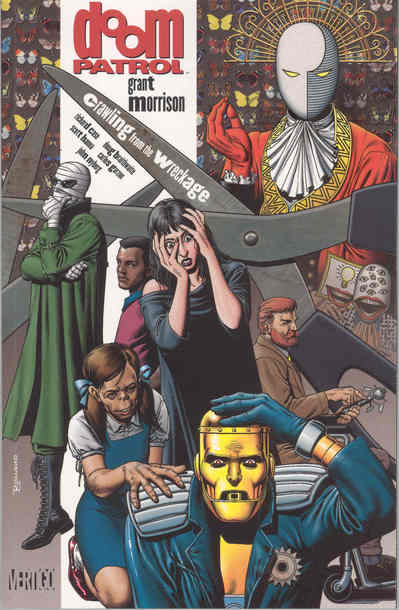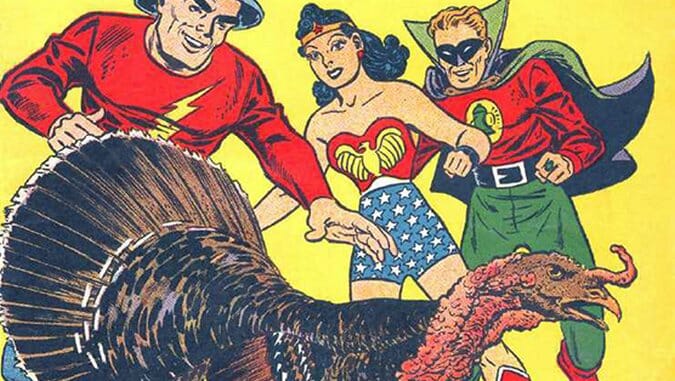
The fire’s roaring, the turkey’s roasting, and in hours, the ravages of Tryptophan and Irish Coffee will relegate many of us to our collective couches. This is the perfect moment to catch up on all of the comics stacked on the coffee table, or to revisit some sacred favorites that have faded from memory over the years. Before we launch into year-end lists of the books and webcomics that made Wednesdays a constant joy in 2014, we decided to take a look at the comics we’re devouring right now or that turned us onto the medium in the first place. Let us know what comics you’re currently thankful for in the comments.
![]()
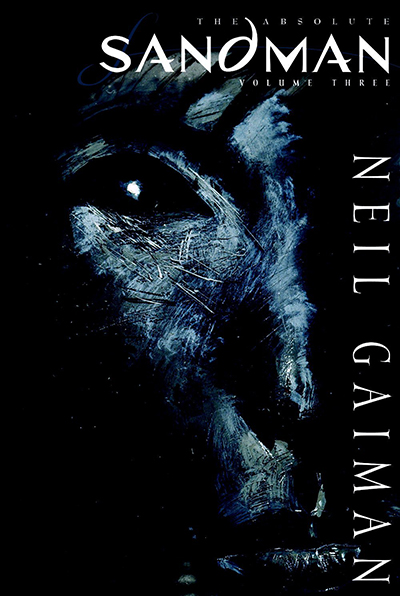
Josh Jackson, Editor-in-Chief: The Sandman
Any fan of comics should be thankful for Neil Gaiman’s The Sandman series for how it helped redefine what comic books could be in the latter part of the 20th century. I didn’t read the series until well into the 21st, though. Dipping my toe into the comics waters for the first time at age 40, I checked the first collected volume out of the library, of all places. It didn’t take long for me to dive deep. The range of stories coming from the mind of one author — from the nightmarish diner to the faerie encounter with Shakespeare to the fantastical relationship between eternal siblings — had me enthralled for weeks. The tales needed the comic-book medium, and the world of comics needed those tales. It was a match made not in heaven, but the epic world of dreams.
![]()
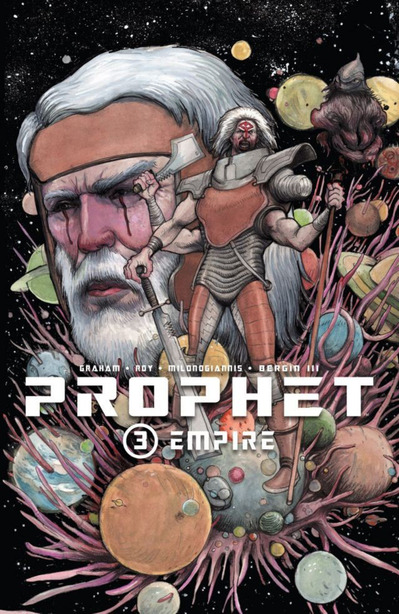
Sean Edgar, Comics Editor: Prophet
I had no clue comics like Prophet still existed. Here’s the best way I can explain Brandon Graham’s surreal space odyssey: think of the VHS box art to every grindhouse sci-fi movie in the ‘70s and ’80s. If all of those movies accurately reflected the air-brushed, hyper-imaginative splendor hinted at in their cover, and merged into a giant 100-hour epic directed by Moebius, it would probably look something like Prophet. So, yeah, this is the story that might have played in your head when looking at that glorious art before being disappointed by something that a Roger Corman protege shat out. A more relatable comparison might be the endless adventure and years-deep mythologies of Robert E. Howard with a heavy dose of Cronenberg body horror. But Prophet carries a much more subversive, deeper undertone. This is the story of a cloned space nomad attempting to destroy the manufactured remains of humanity. Anyway, thank you Brandon Graham and all of your insanely talented artists for blowing my mind (almost) every month.
![]()
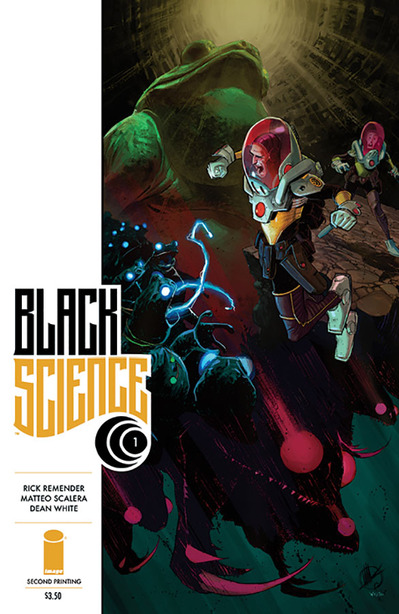
Frannie Jackon, Books Editor: Black Science
I’m thankful for the visual masterpiece that is Black Science. With art by Matteo Scalera and colors by Dean White, the series consistently delivers interstellar eye candy every month. Add a script from the pen of comics master Rick Remender, and you have an adventure ripe with parallel dimensions, ethical quandaries and kick-ass characters at your fingertips. Black Science reminds me why I began reading comics in the first place: for the pure joy of it.
![]()
Garrett Martin, Games Editor: Doom Patrol by Grant Morrison & Richard Case
I don’t have a lot of time to read these days, so when I’m reading something for the sixth time in my life that means it must be really good. I was 13 when I first read Grant Morrison and Richard Case’s Doom Patrol, the perfect age to have my mind blown by a postmodern superhero comic. Doom Patrol isn’t just another post-Watchman, post-Frank Miller deconstruction of the superhero; one storyline might turn a traditional superhero narrative into a Dadaist spectacle, and another into an apocalyptic horror story, but as typical of Morrison’s work, it never loses its love for the genre. The central friendship between the exasperated post-hero Cliff “Robotman” Steele and the multiple personality disorder victim Crazy Jane is a surprisingly touching counterpoint to the absurdity that surrounds them, and Richard Case’s angular, Ditko-ish artwork is a perfect fit for the material. It’s not as celebrated as Sandman, Swamp Thing or some of DC’s other pre-Vertigo “mature readers” titles, but Doom Patrol is my favorite of the bunch.
![]()
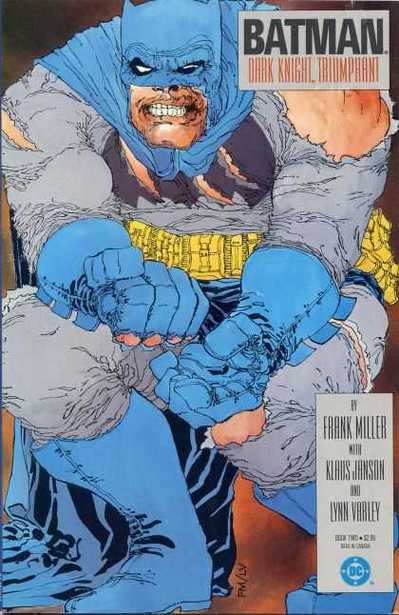
Jim Vorel, News Editor: Batman: The Dark Knight Returns
My entire comics experience is crystallized in the memories of reading two comic series for the first time as a sophomore at the University of Illinois. While perusing the small dorm library, my eyes randomly fell on a copy of Frank Miller’s The Dark Knight Returns. Unlike so many other ‘80s/’90s kids, I’d never read comics growing up, and honestly had no conception of the importance of that Miller story. For whatever reason, I grabbed it off the shelf and started to read, and was immediately enthralled. Soon I was reading anything else Batman-related I could get my hands on, but few superhero stories have ever affected me as much as seeing the final confrontation between an aged Batman and a resurgent Joker.
![]()
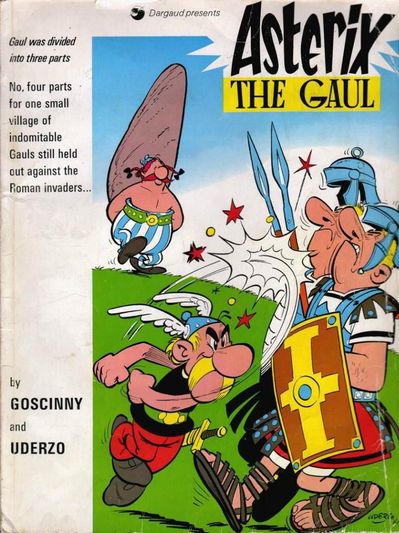
Hillary Brown, Contributor: The Adventures of Asterix
I am thankful for René Goscinny and Albert Uderzo’s Asterix, which is probably the first comic I encountered. My French mother didn’t bring much with her when she came to this country, but she was responsible for several hardbound books in this series, mostly in French but some in English. In addition to making comics seem like a normal part of reading (something she’d never have done intentionally), the series gave me an appreciation for terrible puns, a weird grounding in Roman history, and an understanding of the ways in which different nations perceive one another (e.g., the French see the English as devoted to gardening above all). In other words, they subliminally internationalized me even as I grew up in Atlanta, Georgia, without necessarily prejudicing me in favor of European influences.
![]()

Robert Tutton, Contributor: Green Arrow: Quiver
It’s tough to appreciate a character’s resurrection when you didn’t even know he died, but my introduction to Green Arrow could have been a lot worse than Kevin Smith’s “Quiver.” That first glimpse of Oliver Queen — bearded and dirty with arrows made of trash, perched like a hobo sentinel — gave me goosebumps. But, I still remember the set of panels that hooked me: Ollie with his bow drawn, lecturing Roy about patience, as a drop of water gathers beneath a spigot. When the drop falls he bursts it in mid air with an impeccably-timed arrow. And here I was thinking it was just going to be some cheap Robin Hood knock-off. As it happens I don’t remember much else about Quiver, so I’m especially thankful that I get read it again like it’s the first time.
![]()
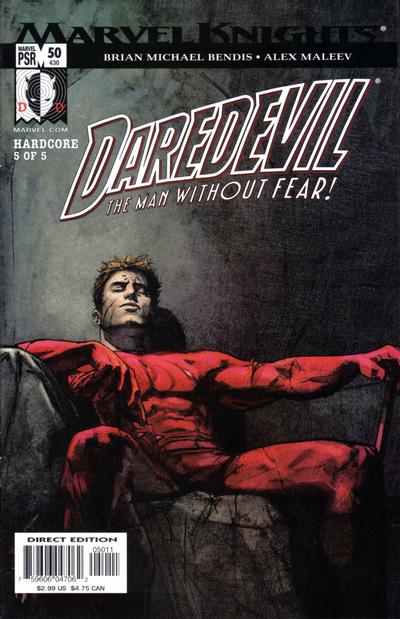
Barry Thompson, Contributor: Daredevil by Brian Michael Bendis & Alex Maleev
Before anyone yells “Charlatan!” at me for giving a nod to Brian Michael Bendis’s tenure with Matt Murdock instead of Frank Miller’s, allow me to preemptively yell, “Shut Up! I’m talking now!” Granted, The Daily Globe wouldn’t have discovered The Man Without Fear’s secret identity if the Kingpin hadn’t done the same years before, which means one of Bendis’ best Daredevil bits literally couldn’t have existed without Miller’s epic Born Again. But when someone asks me something like, “How can you insist my YA novels lack sophistication when you read superhero comics?” I show them the first Bendis/Alex Maleev Ultimate Collections. The TPB begins with Wake Up — a humanistic story that requires little knowledge of Marvel’s unending mythology to comprehend, presented as a dream-state via David Mack’s singular paintings.
The same dorm library that showed me Daredevil also introduced me to the first series I would follow as it was being published, and as it continues to be published today. That series is Bill Willingham’s Fables, an extremely successful, long-running, award-winning blend of fantasy, drama, action, romance and comedy that has kept its quality level remarkably high since Willingham began writing it in 2002. Its central concept was stolen in parts by both Once Upon a Time and Grimm on network TV, but neither can compare to the excellent long-form storytelling and well-developed characters of the comic. It’s a fairy tale series that readers from all backgrounds can love equally — I’ve used it several times to introduce young women to comics who had never explored the medium. Every one of them ended up loving Fables.
![]()
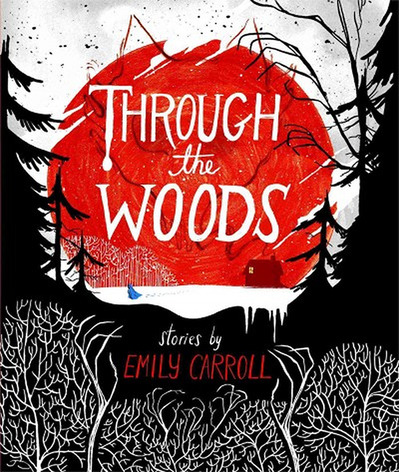
Tobias Carroll, Contributor: Through the Woods
Emily Carroll’s Through the Woods has done a pretty good job of getting under my skin in recent months. Though many of the stories told here have an archetypal, folk tale-like sensibility, Carroll’s also unafraid to delve into Junji Ito-style body horror, and that sense of unpredictability ratchets up the unease and horror considerably.
There’s a similar unpredictability afoot in “How to Fall Forever,” the first trade paperback collection of Rick Remender, Matteo Scalera, and Dean White’s Black Science. From the constantly shifting setting — the premise involves explorers lost on a series of parallel worlds — to the way that certain characters evolve or reveal sympathetic (or loathsome) tendencies, there’s a magnificent sense of possibility, and more than a little dread.
